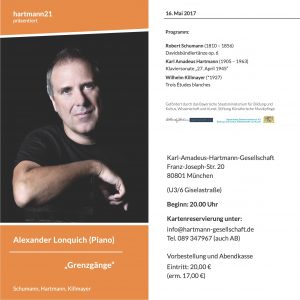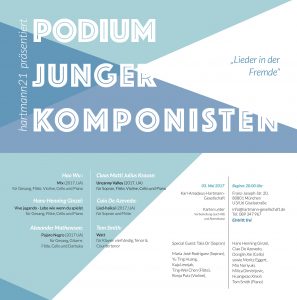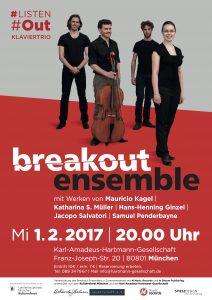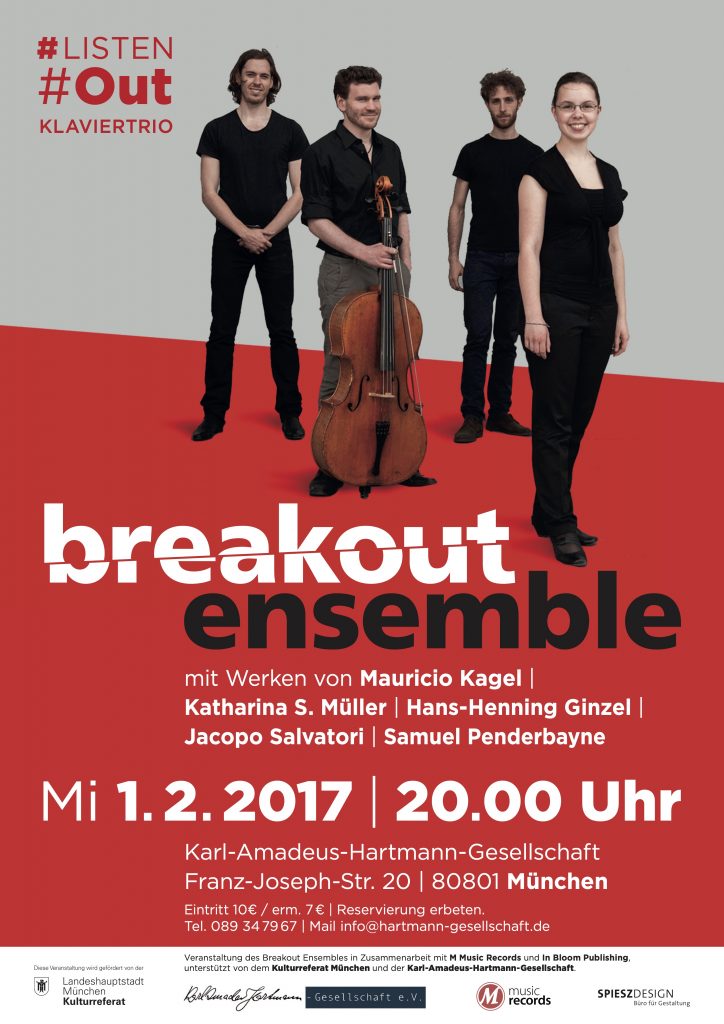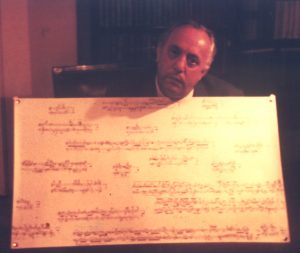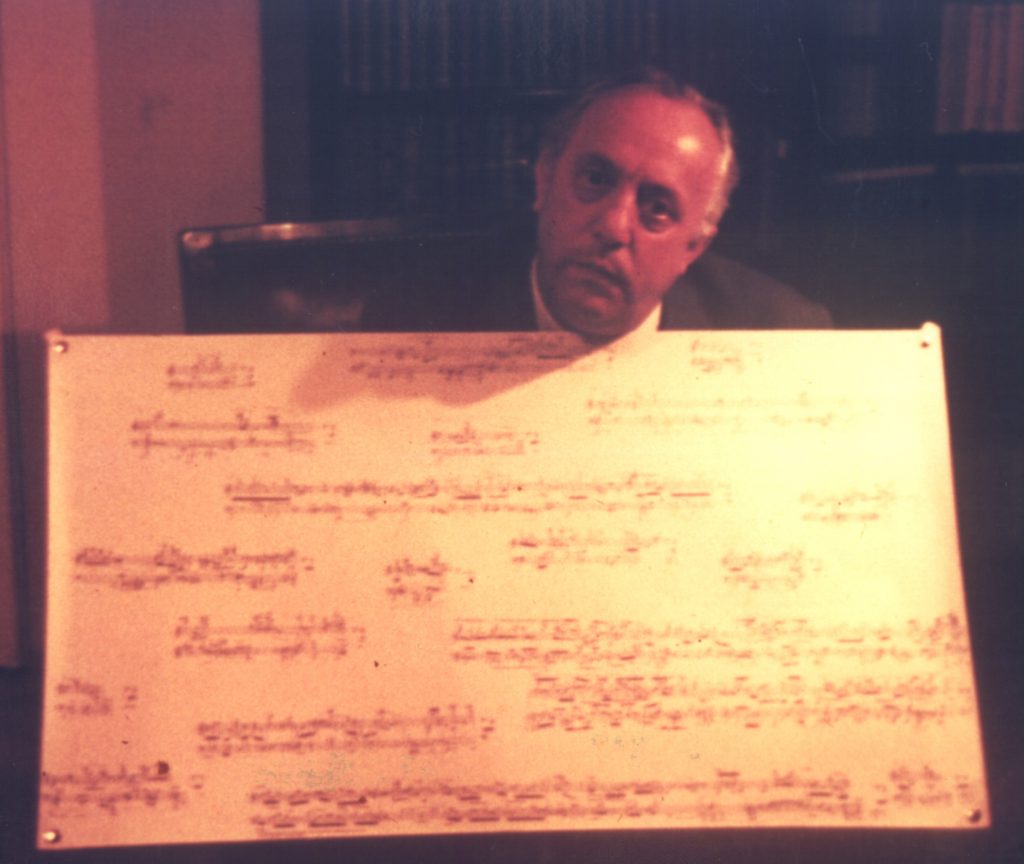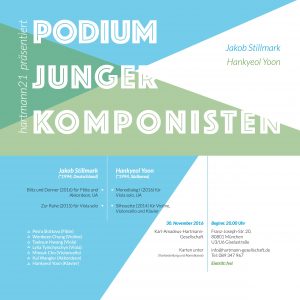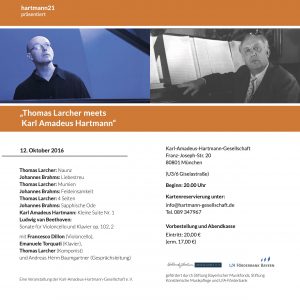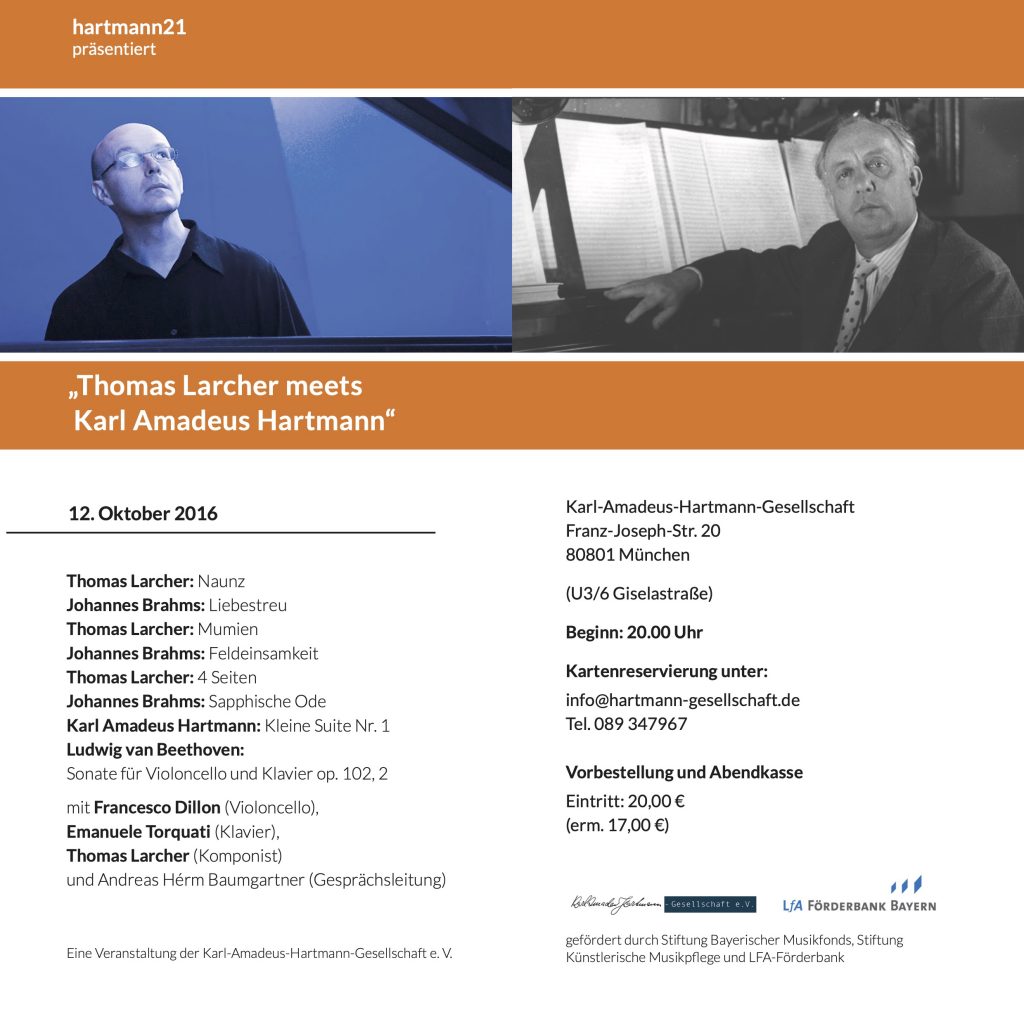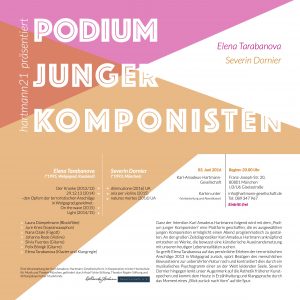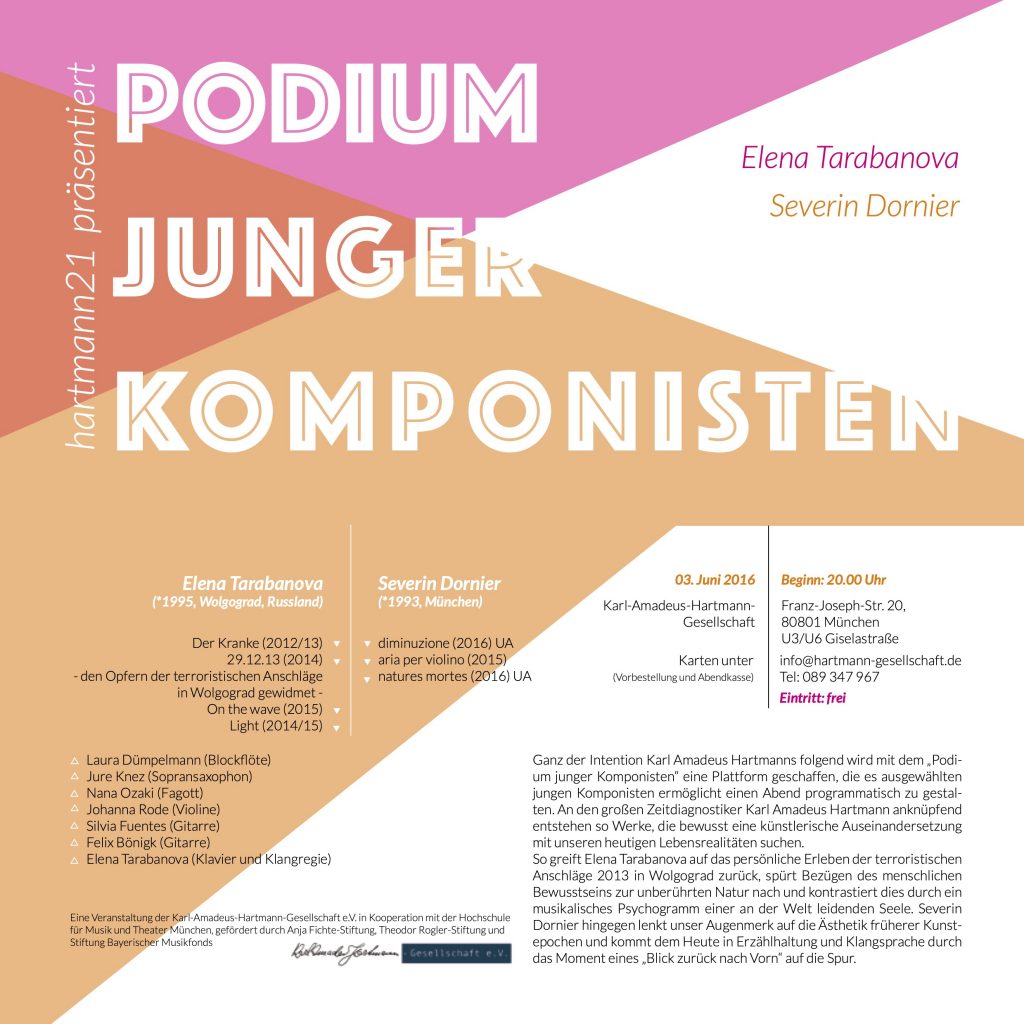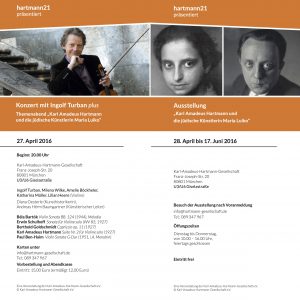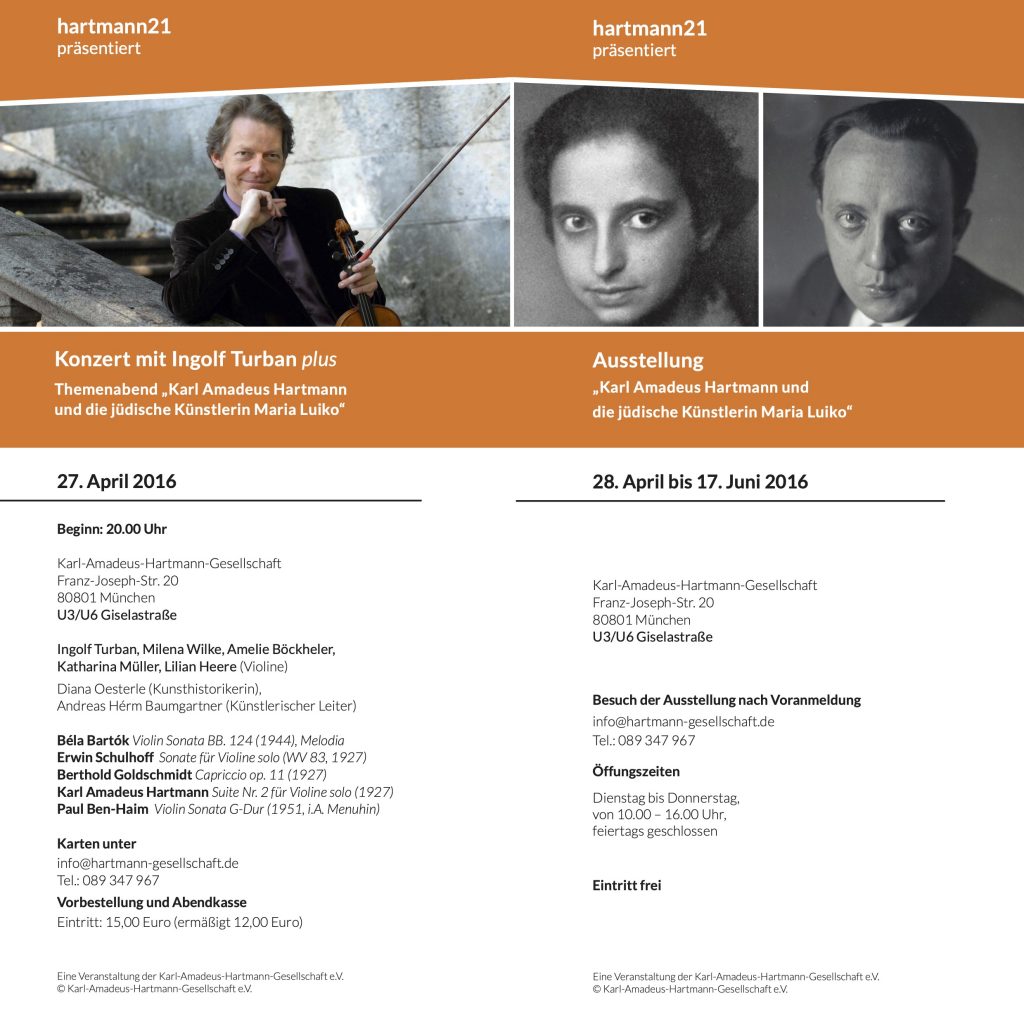The event concept consisting of a concert, lecture and exhibition with Alexander Lonquich, which is dedicated to the subject of “Grenzgänge”, would like to invite the audience to experience border crossings of a special kind: both Karl Amadeus Hartmann’s piano sonata “27. April 1945” and Robert Schumann’s eighteen-part cycle “Davidsbündlertänze” each deal with human border experiences. Composed in the last days of the war before the final collapse of the “Third Reich”, Hartmann’s Piano sonata concludes the canon of compositions with which he tirelessly opposed and worked on National Socialism since 1927. Although Karl Amadeus Hartmann was regarded as the rising star in the composer’s heaven at the beginning of the 1930s, he rigorously refused to be appropriated by the totalitarian regime and went into internal emigration, while as a composer he sought to speak abroad all the more eloquently. He is therefore perceived in the world as the German antifascist composer par excellence, who was not only actively involved in resistance circles, but also took a loud and generally understandable stand with his music. In all his compositions written during the years of National Socialism, Hartmann attempted to convey his message of boundless humanity independent of political systems to the outside world by constantly including Jewish melodies, which became the ciphers of lamentation and accusation, as well as music and text quotations of ostracized and forbidden artists. The Jewish Passover song Eliyahu Hanavi, which he used in all his works and which became a cipher for Jewish culture for him, plays a central role here.
In the sonata “27. April 1945”, the melody once again gains special relevance. It is precisely in the knowledge of the significance of the theme in the genesis of this work that it becomes clear what this sonata is about: the population of Jewish origin almost exterminated by the Holocaust, but also the dissidents and opponents of the regime whom Hartmann saw passing by on 27 April 1945 in the death march of concentration camp prisoners from Dachau. The concert is facetted by graphics by the Austrian sculptor Alfred Hrdlicka, whose work obeys the credo “Aufdeckung statt Flucht“ [“Disclosure instead of flight”], seeks the wound in the everyday and – like Hartmann and Schumann – appeals to the viewer’s capacity for empathy.
The Kafkaesque “Trois Études blanches” by Wilhelm Killmayer, who celebrates his 90th birthday this year, complete the programme.
An event of the © Karl Amadeus Hartmann-Gesellschaft e. V., sponsored by Staatsministerium für Bildung und Kultus, Wissenschaft und Kunst and Stiftung Künstlerische Musikpflege.
